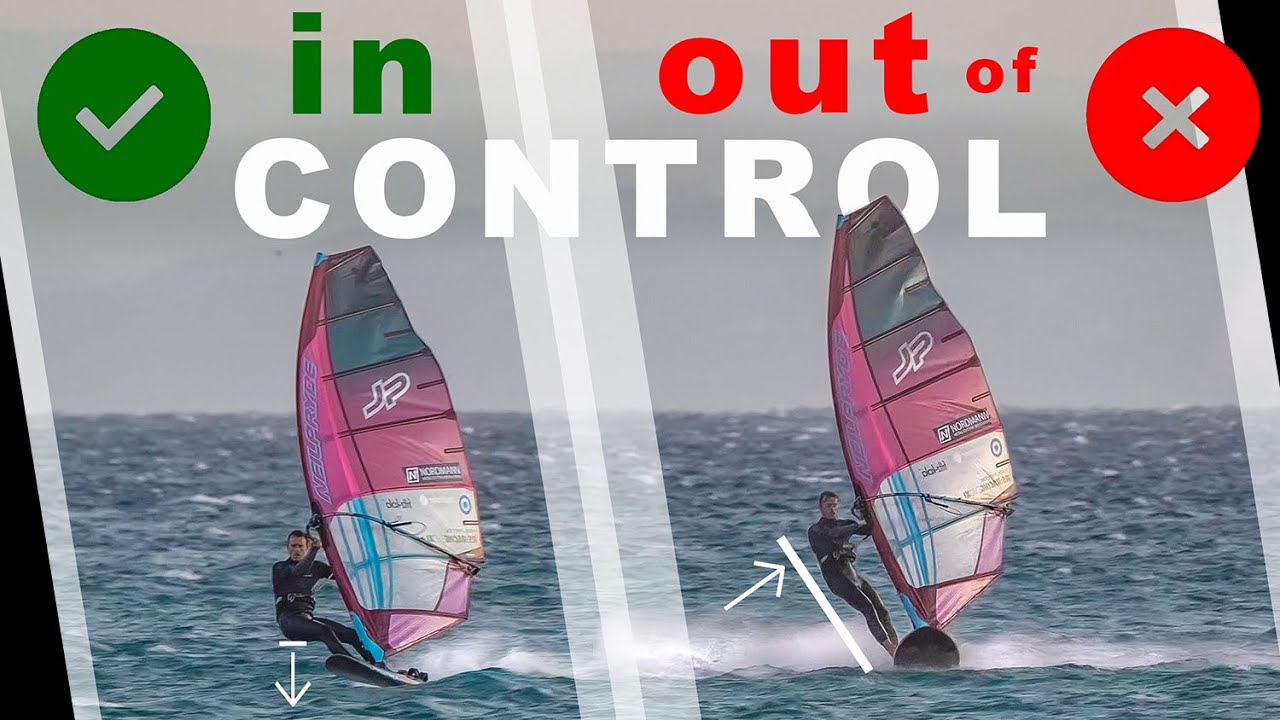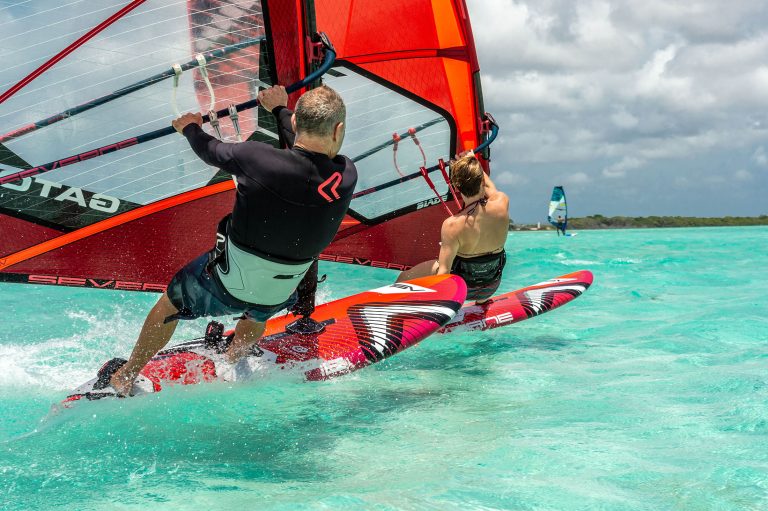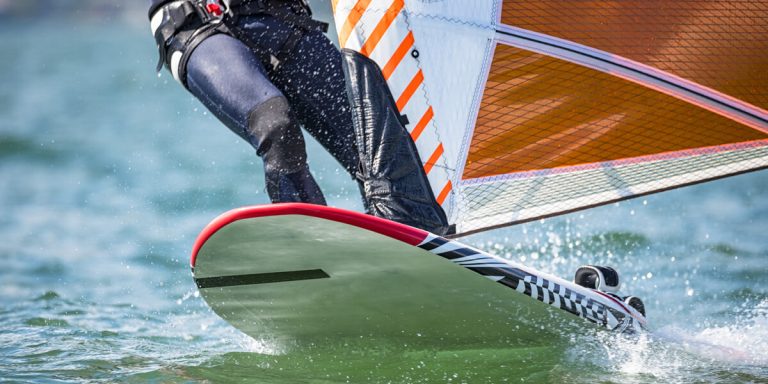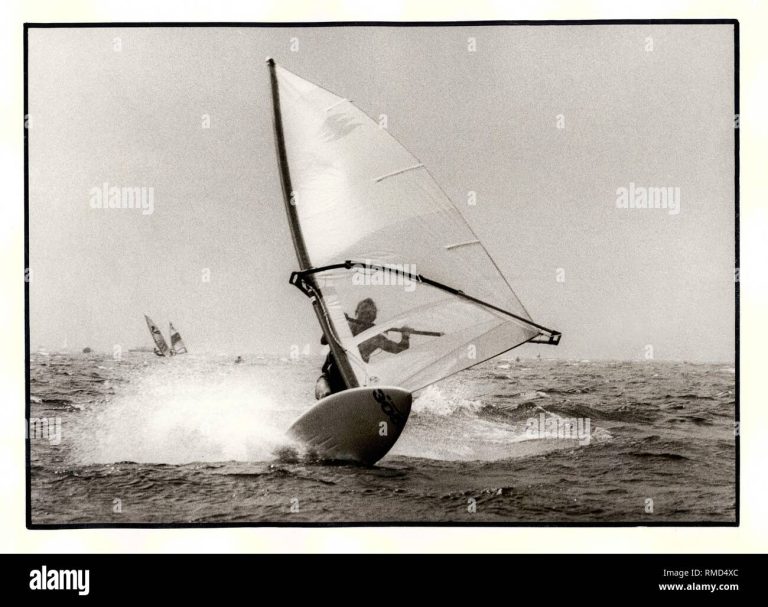How to Control the Windsurfing Board?
To control a windsurfing board, you need to shift your body weight, adjust the sail, and use the wind effectively. Position yourself correctly on the board and lean in the direction you want to go.
Adjust the sail to catch the wind and give you momentum. With practice and a few tips and tricks, you can master the art of windsurfing and enjoy the exhilaration of gliding over the water. The thrill of the sport makes it a popular activity for beginners and experienced surfers alike.
In this article, we’ll provide some basic guidelines on how to control a windsurfing board and achieve balance on the water.
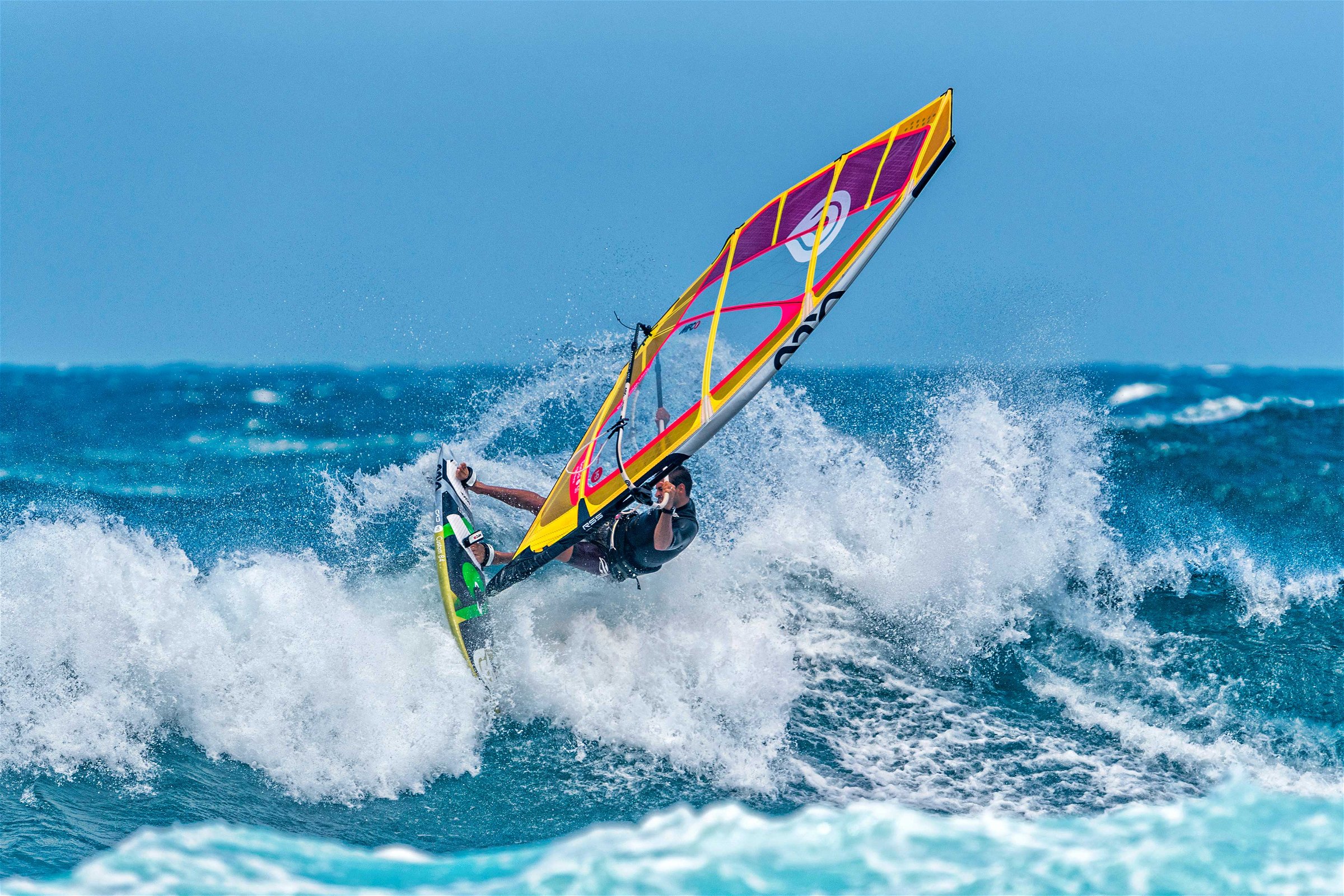
Credit: goyawindsurfing.com
The Role Of Balance In Controlling The Windsurfing Board
When it comes to windsurfing, balance is key for controlling the board. Centering your weight is crucial to achieve maximum control. Foot positioning plays a significant role in how you control the board. By using your hips, you can easily change the direction of the board.
When windsurfing, keeping your weight forward on the board helps with balance. By leaning back, you can slow down or stop the board. It is vital to be mindful of your body positions while windsurfing to achieve the desired results.
The Technique Of Sailing Across The Wind
Controlling a windsurfing board is a technique that requires proper skill and knowledge. When sailing across the wind, using the sail to navigate the board is essential. You may use your body weight to control the speed of the board while keeping in mind the wind direction and intensity.
By adjusting the sail, the angle of attack changes which then influences the board’s direction. It’s important to keep the sail at the right angle to maintain stability and prevent capsizing. Along with the sail, your body position plays a crucial role in controlling the board.
Leaning forward or back, and side to side can aid in steering. The board’s speed is influenced by the wind direction and intensity, so it’s important to always be aware of these factors. By mastering these techniques, you’ll be able to control your windsurfing board with ease.
Riding Waves And Turning The Board
Controlling a windsurfing board requires maneuverability, balance, and skill. Positioning the sail and board properly is crucial for optimal control in riding waves and turning. Use your feet to turn the board and navigate choppy waters with ease. Overcoming obstacles is possible once you’ve mastered proper board and sail positioning.
With practice and determination, you’ll be able to control your windsurfing board and ride the waves like a pro.
Dealing With Challenging Wind Conditions
Controlling a windsurfing board can be challenging in strong wind conditions. Adjusting the sail size is an effective way to suit varying wind intensities. The direction of the wind also greatly affects board control, so it’s crucial to pay attention to it.
Balancing and maintaining control in strong winds require a proper body posture and effective foot placement. Keeping a low center of gravity and bending the knees can greatly increase control and stability. By following these tips and staying aware of wind conditions, riders can improve their board control and enjoy the thrill of windsurfing.
Advanced Techniques For Windsurfing Experts
Windsurfing requires mastering the art of controlling the board in various environments. As an expert, you need to learn advanced techniques like carving turns, jumping, and aerial tricks for achieving maximum performance. These techniques require practice and patience to perfect.
Carving turns involve shifting the weight towards the tail of the board, using your backhand to initiate the carve, and leaning in with your toes. Jumping and aerial tricks require proper timing, board speed, and wind direction to execute them flawlessly.
Advanced wave riding techniques involve positioning yourself upwind, maintaining a low stance, and using the full range of the sail. With practice, you can master these techniques and become an expert windsurfer.
Frequently Asked Questions Of How Do I Control The Windsurfing Board?
How Do I Stand On A Windsurfing Board?
Stand with both feet slightly apart, one foot facing the front, knees bent, and hips facing the direction you want to go.
What Is The Right Wind Speed For Windsurfing?
The ideal wind speed depends on your weight, skill level, and board size, but generally, 10-20 knots is best for beginners.
How Do I Control The Speed Of The Sail?
To control the speed, pull the sail closer to your body to gain speed and push it away to slow down.
How Do I Turn The Windsurfing Board?
To turn, shift your weight to the backfoot and tilt the sail towards the direction you want to turn, and the board will follow.
What If The Windsurfer Falls Off The Board?
If you fall off the board, swim towards it grabbing the mast firmly and climb on back as quickly as possible.
How Long Does It Take To Learn Windsurfing?
It can take anywhere from a few hours to a few weeks to learn, depending on your athleticism and focus.
Can I Windsurf If I Can’T Swim?
No, you should not windsurf if you cannot swim. You must be a confident swimmer to windsurf, and wear a suitable buoyancy aid.
Conclusion
To conclude, controlling a windsurfing board may seem daunting at first, but with practice and proper technique, it can become second nature. Ensure you have the right equipment, proper balance, and use your bodyweight to steer the board. It’s important to always keep safety in mind and learn from experienced windsurfers.
Remember to adjust your technique based on wind conditions and your skill level. Keep practicing and pushing yourself to improve, and before you know it, you’ll be sailing with confidence and efficiency. Whether you’re a beginner or an advanced windsurfer, the key is to never stop learning and improving your skills on the board.
So get out there, have fun, and enjoy the thrill of windsurfing!
